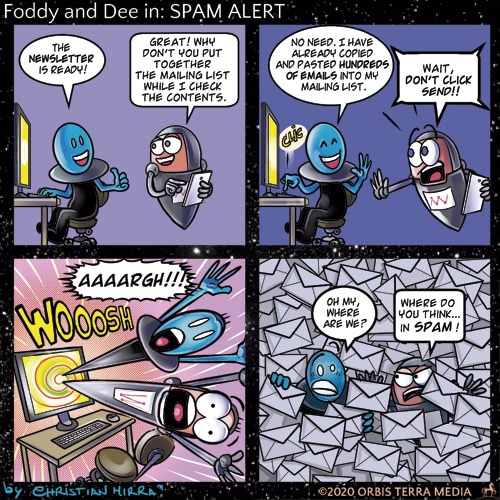Spam Alert

Despite all the platforms available to us, a relevant email campaign can still yield more results than any other channel.
The question is: what does “relevant” look like?
Relevant Messaging That Prompts Action
For starters, it means understanding and using the wealth of data available – from previous email campaigns and your buyers’ behaviour, for instance – to help you craft your campaigns. Every email should resonate powerfully with your audience, land at the right moment and deliver messages that are honed to ensure action.
However, if your emails are failing at the first hurdle and not even getting through the spam filters, it doesn’t matter how targeted, timely, persuasive and actionable they are.
Getting Past the Spam Barrier
A study found that about 21% of permission-based emails sent by legitimate email marketers end up in junk folders. Unfortunately, the global pandemic has exacerbated the problems of spam. Phishing, spear phishing, impersonation fraud and other malicious email-based activities have been on the rise through the various lockdowns.
In its State of Email Security Report for 2020, Mimecast reports that, in response to these increasing threats, more companies are rolling out and tightening up their email security policies. While enhanced email security measures are essential for organisations to protect against brand and reputational damage, another string needs to be added to the email marketers’ bow: understanding the basics of email security.
For instance, there are obvious boxes that need to be ticked for every email that you send out: have you checked the subject line doesn’t contain any red-flag words? Are you using a reputable and trusted email service provider? Are you sending from a recognisable sender name?
Technical Prowess and Remarkable Copywriting
Once you have made it past the spam barrier, the customer’s journey has just begun – and so has your work on your funnels. Checking how the receivers react to your emails is the very first step in this process. For example, a positive response might be to open your emails, reply to them or click on a link you have shared.
Based on how a potential customer has reacted to your first email, you should ensure your “from” field, subject line and snippet all work really hard to grab their attention in the next one. To enable this, you need to focus on granular targeting, optimised scheduling, adaptive messaging and remarkable copywriting.
A good understanding of security rules, good targeting and effective messaging are all essential parts of the same parcel. To succeed in the complex path to their audience, email marketers need to invest in getting all of these moving parts right.

